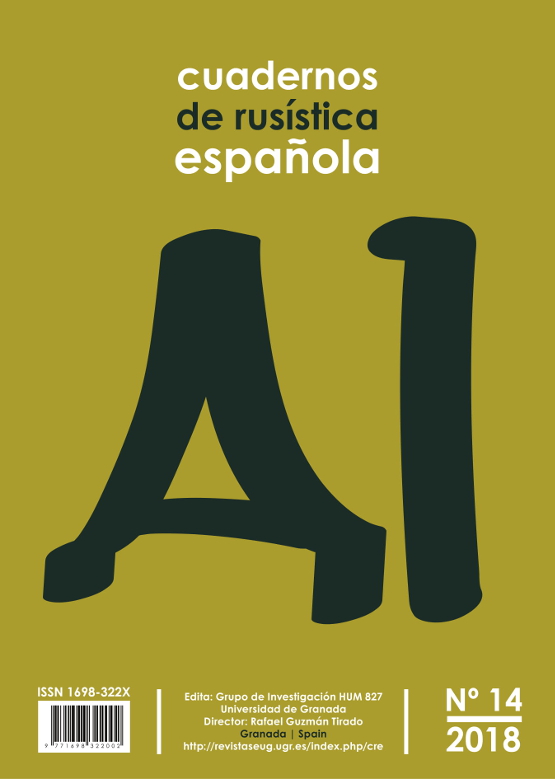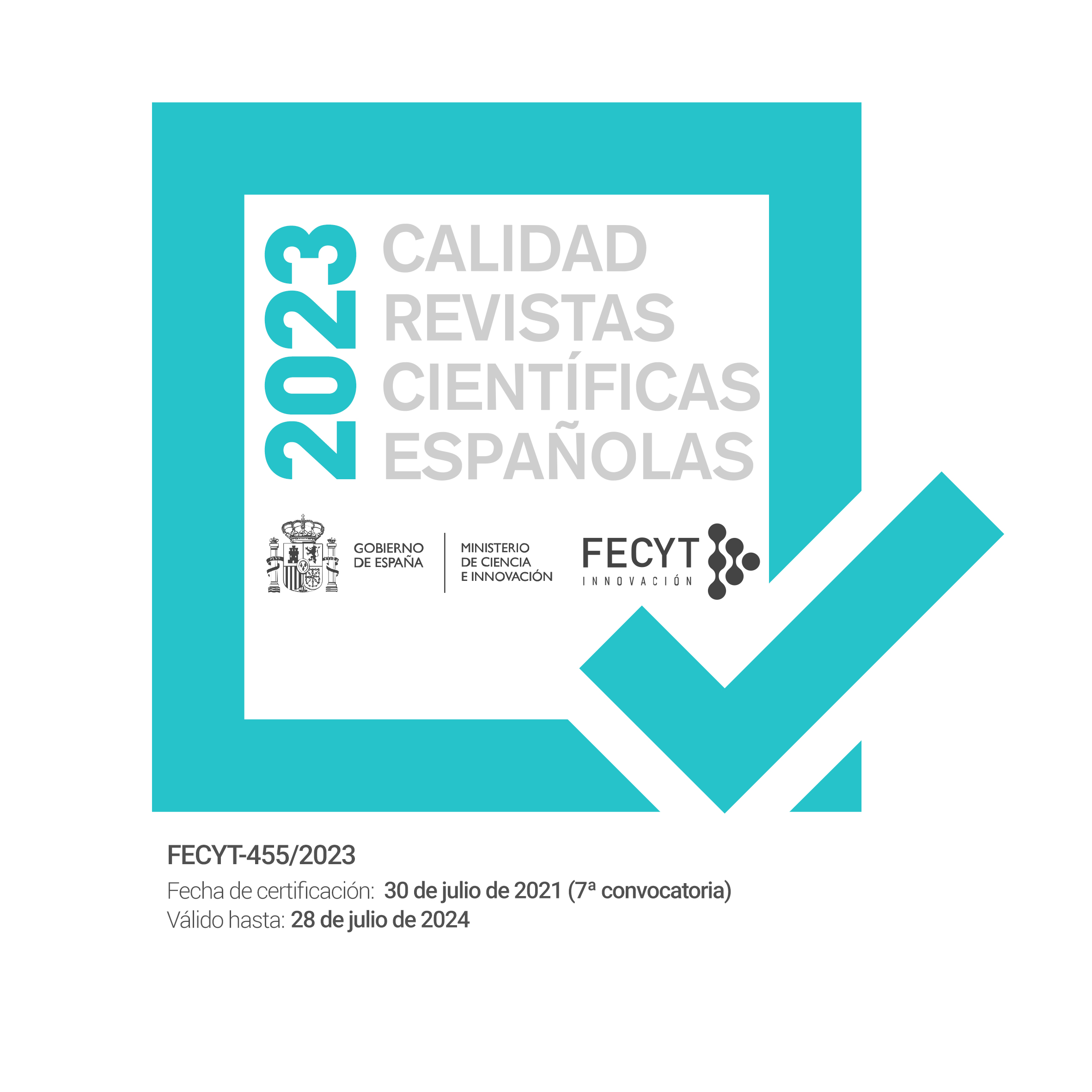Rendering Lexical Units with Cultural Reference in the Narrative “Obelisk” by V. Bykov from Belarusian into Russian
DOI:
https://doi.org/10.30827/cre.v14i0.204Palabras clave:
cultural reference, realia, categories of realias, means of rendering realias, adequacy of translation, V. BykovResumen
Rendering lexical units with cultural reference plays an important role in retaining cultural colouring of the original literary work in translation, thus making cross-cultural communication through translating fiction possible in the contemporary global environment. Adequate means of rendering realias as culturally marked lexical units are the focus of attention in this article. The term “realia” is introduced, a categorization system for realias is presented, means of rendering Belarusian realias in the narrative “Obelisk” by Vasil Bykov are analyzed, and correlation between the nature of realia and the means of rendering it in the Russian language is proved. Continuous sampling, as well as statistical, parametric, descriptive-comparative and contextual analysis methods were used to achieve the research goals.Descargas
Citas
AIXELÁ, J.F. (1996): “Culture-Specific Items in Translation”. In Álvarez, R. & África M. C. (eds). Translation, Power, Subversion. WBC Book Manufacturers Ltd. Great Britain
BARKHUDAROV, L.S. (1975): Yazyk i perevod. Mezhdunarodnyye otnosheniya. Moscow.
BYKAŬ, V. (2006): Poŭny zbor tvoraŭ u chatyrnatstsatsi tamakh. T. 6. Vremya. Minsk
BYKOV, V. (2015): Obelisk. Eksmo. Moskva.
DAVEDNIK Belaruskiya pis'menniki (1917-1990) (1994): Vasil Bykaŭ. Minsk.
LEPPIHALME, R. (2011): “Realia”, in Yves Gambier and Luc van Doorslaer (eds).
Handbook of Translations Studies. John Benjamins. Amsterdam.
MAYORAL ASENSIO, R. (1999/2000): “La traducción de referencias culturales”. Sendebar, Universidad de Granada. http://www.ugr.es/~rasensio/docs/Referencias_ culturales.pdf [Date of accesss: 10/01/2018].
MIN'YAR-BELORUCHEV, R.K. (1999): Kak stat' perevodchikom? Gotika. Moscow.
NEWMARK, P. (2001): Approaches to translation. Shanghai Foreign Language Education Press. Shanghai.
SOKOLOVA, L., GUZMAN TIRADO (2016): “Sobre las peculiaridades de la traducción al español de los “nombres parlantes” en las obras de N. V. Gógol”. Sendebar, 27, Universidad de Granada, pp. 163—180.
TOMAKHIN, G.D. (1980): “Leksika s kul'turnymi komponentami znacheniya”, Inostrannyye yazyki v shkole, Moskva, pp. 47-50.
TOMAKHIN, G.D. (1981): “Realii v kul'ture i yazyke. Realiya-predmet i realiya-slovo”, Inostrannyye yazyki v shkole, n. 1.
VERESHCHAGIN, E.M., KOSTOMAROV, V.G. (2005): Yazyk i kul'tura. Indrik. Moskva.
VLAKHOV, S., FLORIN, S. (1980): Neperevodimoye v perevode. Mezhdunarodnyye otnosheniya. Moskva.
ULANOVICH, O.I. (2016): “Renominatsiya realiy v protsesse lingvokul'turnoy publikatsii teksta pri perevode”. Natsional'nyye kul'tury v mezhkul'turnoy kommunikatsii: Sb. nauch. statey, Kolorgrad, Minsk, pp. 421-428.
ULANOVICH, O.I., VERBILOVICH, I.I. (2017): “Stilizatsiya istoricheskoy real'nosti: instrumenty realizatsii v literaturnom kontekste i spetsifika sokhraneniya pri perevode”. Gumanitarnyye tekhnologii v obrazovanii i sotsiosfere : Sb. nauch. statey, Izd. tsentr BGU, Minsk, pp. 205—215.












